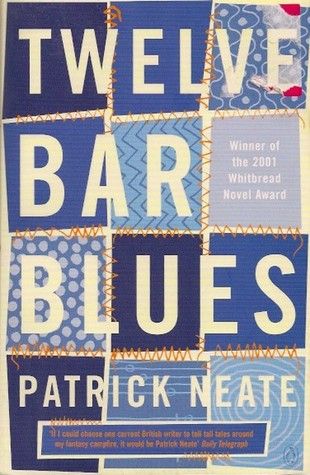Joseph O’Connor’s My Father’s House is a quality thriller, short on violence, with a large cast of interesting characters and a compelling narrative.
My Father’s House is a fictionalised account of real events that took place at Christmas 1943 in Rome, a city occupied at that time by the Nazis, and run by the Gestapo. It’s a brilliant reconstruction of the events from a series of different points of view – diaries, interviews, letters or conversations that supposedly took place many years afterwards – and tells the story of Hugh O’Flaherty, a Catholic priest involved in helping Jews and escaped allied prisoners to find temporary sanctuary in and around the Vatican City, and finally to escape from the clutches of the Nazi regime.
The writer mixes fact and fiction in an unusual way. Hugh O’Flaherty was a real person, as were several of the other characters: some of them appeared on This is Your Life a popular British TV series in the 1960s. The author claims that in his version some characters are amalgamations of two or three different people, and it makes sense for a novelist to do that, but O’Connor gave the Gestapo chief the fictitious name Hauptmann, yet used the priest’s real name, and it seems odd to mix fact with fiction in that way. Perhaps he was happy to glorify the role of the priest, yet wanted to avoid doing the same for the original Gestapo officer. But at its heart My Father’s House is a great story, and the conflation of truth and fiction only made me more interested to find out what really happened. The events of the novel take place in just a few nights, and the people that O’Flaherty helped are shadowy figures, described very briefly. Curiosity about what happened to them was the most enduring thing I took from the novel.
O’Connor’s post modern approach, using different genres and points of view is effective in creating a sense of realism. The different narrators can only tell the story as they saw it, which allows O’Connor to control the way the plot unfolds for the reader, and though this is not a page turner, it never lacks interest, as the hero, O’Flaherty, is in danger throughout.
Perhaps the most interesting character in the novel is the city of Rome, its food, its music, and the city walks that are involved. But the other characters have a lot to offer too: the English ambassador and his cockney man servant go way beyond the conventions and clichés we might expect from a thriller, and the portrayal of the closed world of the Vatican is as dark and brooding as the setting – Rome in the few days leading up to Christmas.
The descriptions of Hauptmann’s family, and his estate on the outskirts of Rome, tell us something about life with and without a conscience, and there are flashes of inspiring Italian resistance. The lists of tortures and descriptions of cruelties are never enough to put off a squeamish reader, and fairly typical of this kind of fiction, as are the disguises and heroic chases around the city’s darkened streets: in these sections the lack of fine detail leads to an atmospheric rather than a realistic account. The climax itself is in fact as silly as could be, and I found it completely unbelievable, but that did not detract from the strength of this novel, which is its portrayal of hope and its evocation of a range of compassionate, brave and inspirational characters.









